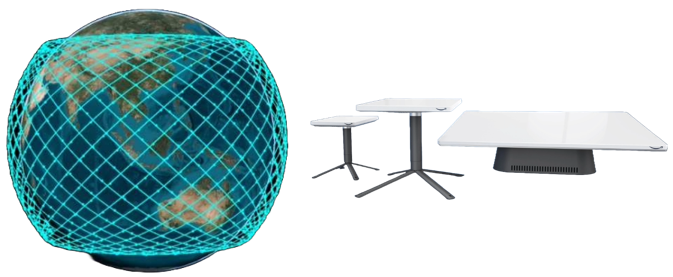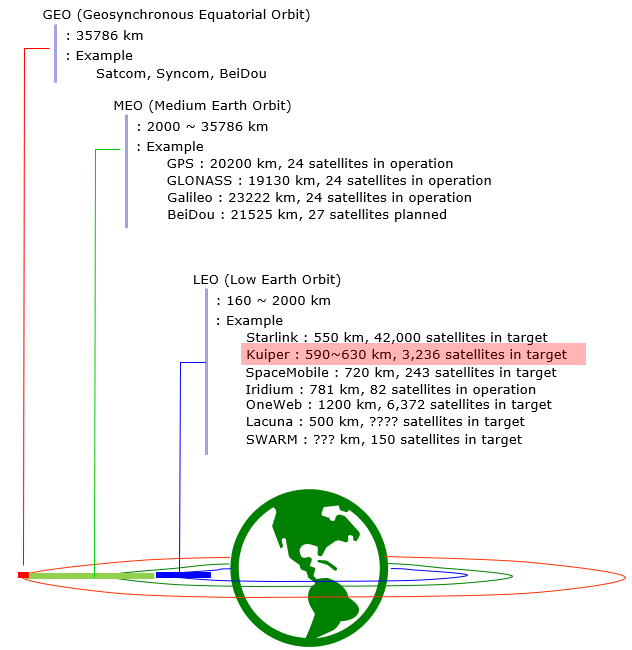|
|
||
|
Project Kuiper is an initiative by Amazon to provide global broadband access through a constellation of 3,236 satellites in low Earth orbit (LEO). The system is designed to bring fast, affordable broadband to unserved and underserved communities around the world. It combines a LEO satellite constellation with customer terminals, a global network of ground stations, and resilient communications infrastructure powered by Amazon Web Services (AWS) to provide high-speed, low latency broadband on a global scale. The name "Kuiper" was inspired by the Kuiper Belt, a region of the solar system beyond the eight major planets. The project is expected to begin providing service to customers by the end of 2024. Amazon has also successfully validated key technology, including "optical inter-satellite links" (OISL), which will increase throughput and reduce latency for customers using its satellite communication tech. Orbits and Constellation
Spectrum (Frequency and Bandwidth)
FCCReference
YouTube
|
||

